Some dogs thrive on independence, while others are all about companionship. For certain breeds, having a canine buddy makes all the difference—whether for play, comfort, or just having someone to share the couch with. If you’re thinking about getting a dog (or adding a second to the mix), here are 10 dog breeds that are generally better in pairs.
Labrador Retriever
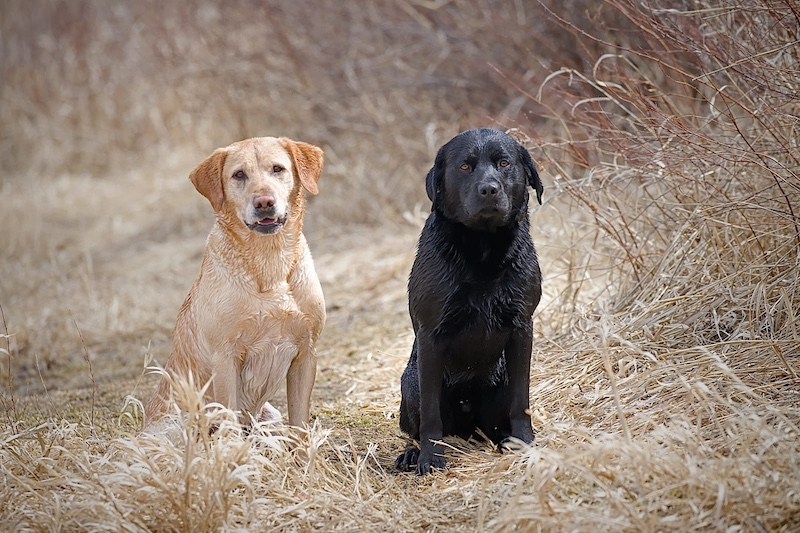
Labrador Retrievers are incredibly social and thrive in environments with plenty of interaction. Having another dog gives them a constant playmate and emotional support buddy, which helps reduce separation anxiety and boredom. Two Labs often form a close bond, providing each other with the companionship they crave when their humans are away.
Golden Retriever
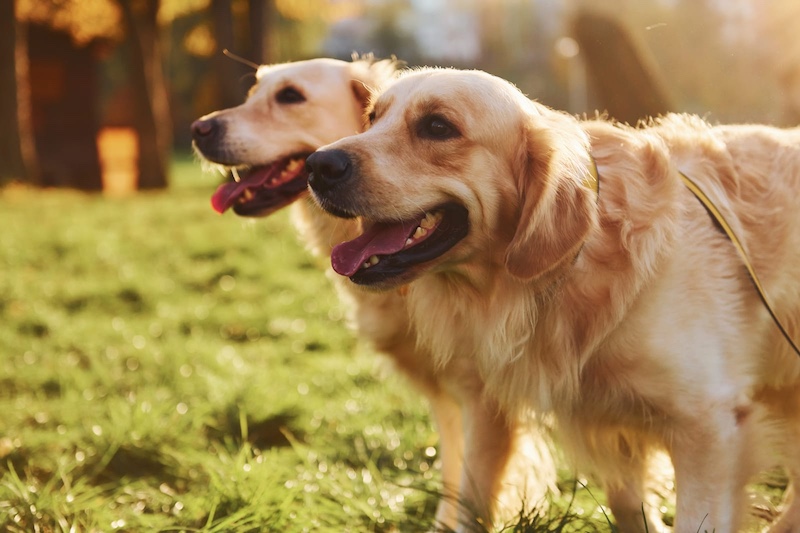
Golden Retrievers are affectionate, gentle, and naturally friendly. They’re happiest when surrounded by others, including fellow canines. A second dog gives them an outlet for play and companionship, which can improve their overall well-being. This breed tends to bond quickly with other dogs, especially those with a similar temperament and energy level.
Beagle
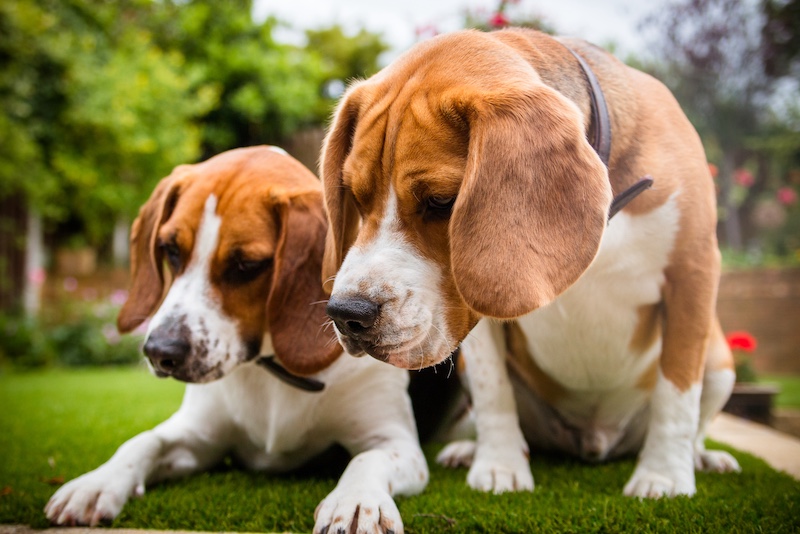
Beagles were bred to hunt in packs, so they have a strong instinct to be part of a group. When left alone, they may become anxious or vocal. Pairing a Beagle with another dog helps fulfill their need for constant company, play, and pack-like companionship—making them happier and better-behaved pets.
Border Collie
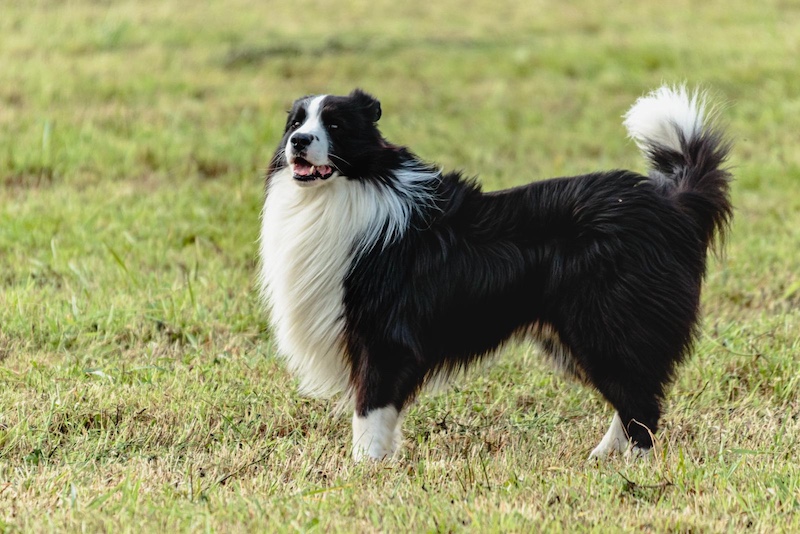
Highly intelligent and bursting with energy, Border Collies need regular physical and mental stimulation. A canine companion can help meet these needs through shared games and interactive play. Being around another dog also gives them a positive outlet for their herding instincts, reducing the risk of behavioral issues due to boredom or frustration.
Siberian Husky
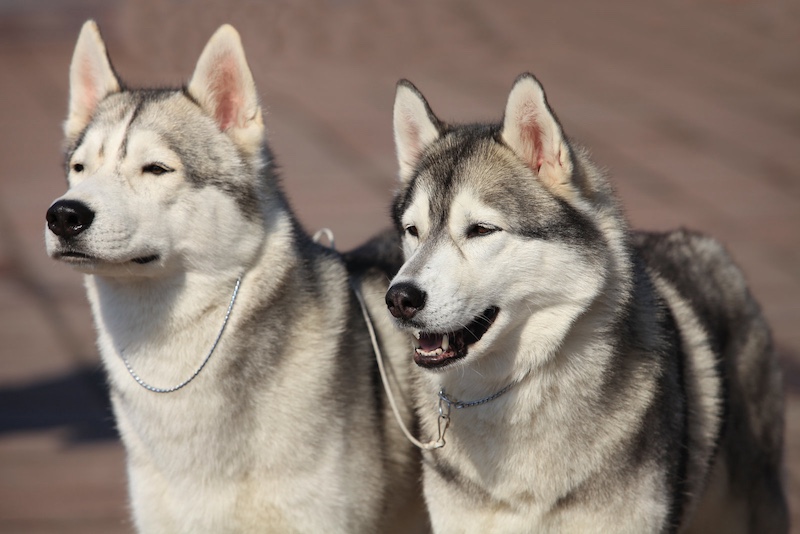
Siberian Huskies are true pack animals and don’t like being left alone. They often become mischievous or destructive without company. Having another dog can ease their anxiety and provide the constant stimulation and play they thrive on. A pair of Huskies, or a Husky with another active breed, often forms a strong bond.
Dachshund

Dachshunds may be small, but their personalities are bold and playful. They tend to bond deeply with their humans but also benefit from a doggy companion—especially another Dachshund. A second pup can help prevent clinginess and separation anxiety, keeping your little sausage dog happy, busy, and more emotionally balanced.
Pug

Pugs are people-lovers who also enjoy being around other animals. They don’t like being alone for long and often do best with a fellow four-legged friend. Two Pugs will nap, snuggle, and play together throughout the day, helping to keep each other entertained and calm, especially during their humans’ absence.
Great Dane
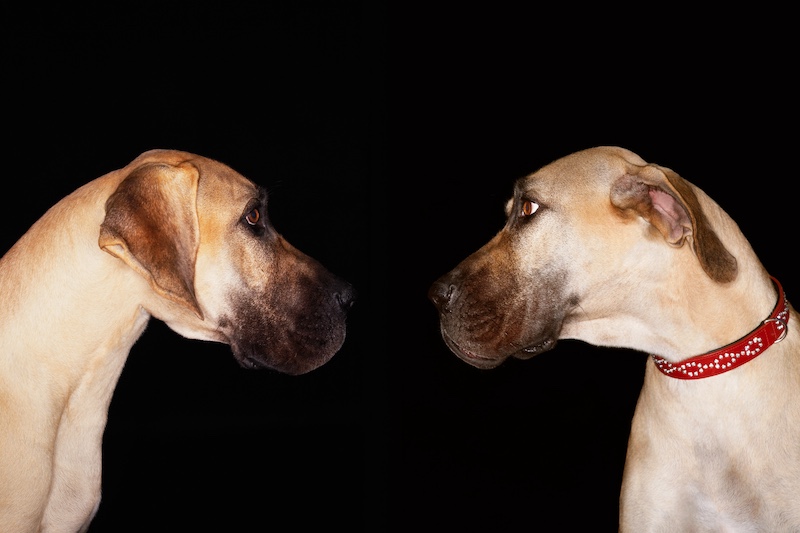
Despite their massive size, Great Danes are gentle, affectionate, and surprisingly sensitive. They often bond deeply with people and other pets. Having another dog around can help them feel secure and less lonely. A second dog, particularly one with a calm temperament, can be a great companion for this easygoing giant.
Cocker Spaniel
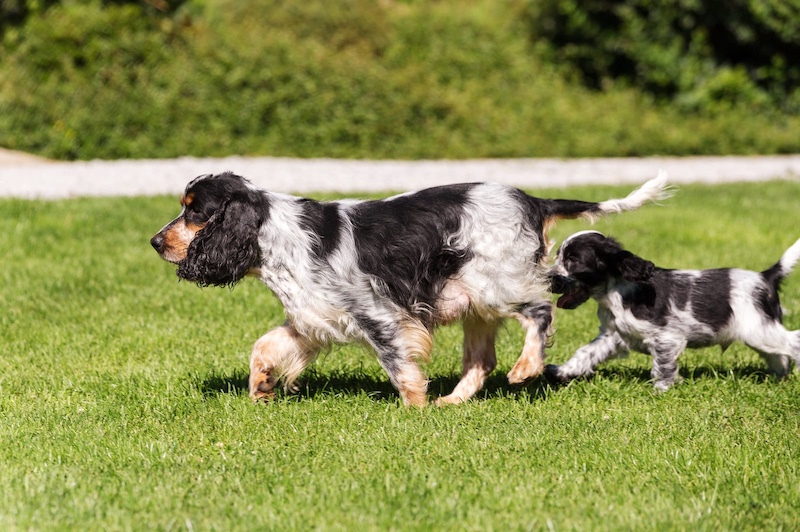
Cocker Spaniels are affectionate, sociable, and love being part of a group. They do well with other dogs, especially if raised together. A second dog can keep them company, provide comfort, and reduce stress. Cocker Spaniels thrive on companionship, and a canine buddy helps ensure they stay emotionally healthy and happy.
Australian Shepherd

Australian Shepherds are energetic, intelligent, and happiest when active and engaged. A second dog helps provide the stimulation they crave through regular play and mental challenges. Aussies often enjoy the company of a similarly active dog, forming a team that keeps each other entertained—and helps burn off their boundless energy.
- Please Note: This content was created with the assistance of AI and thoroughly edited by a human before publishing.

